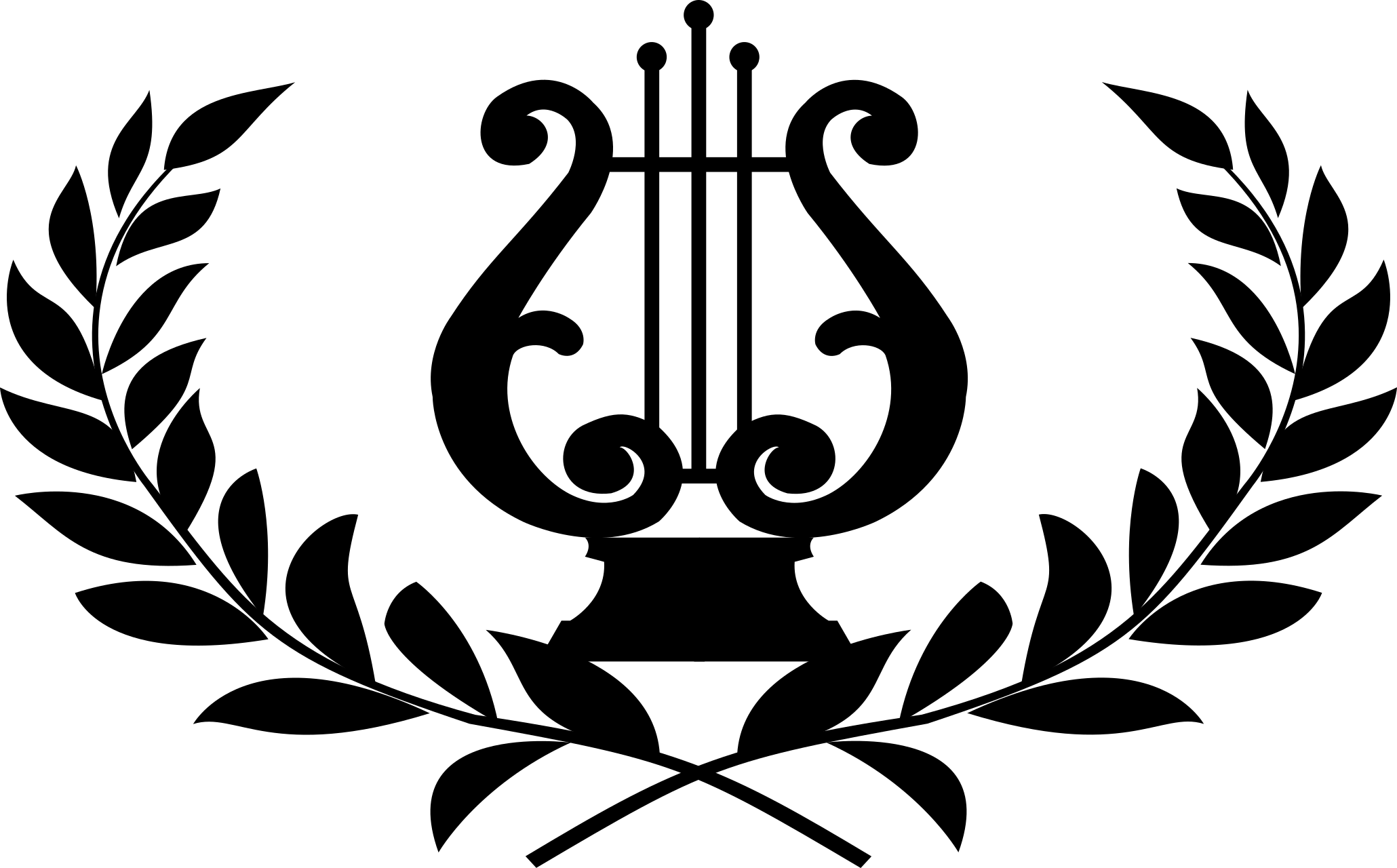David Ole Entrepeneur, Musician, Bot

2025, June
Full Spectrum Dominance

Paradela do Rio, June 1, 1956
These times of dams mark a true new era for the world. One of these days, in school, the teacher will point to the map and say:
- Before the Reservoirzoic Period, this was Barroso.
Miguel Torga, in Diário VIII
In Western tonal music, few harmonic entities possess as much structural and psychological weight as the dominant chord. Dominance (the tendency of a chord to assert control over the following chord in a progression) encapsulates both the instability that drives musical motion and the syntactic logic that underpins harmonic coherence: it articulates a tension that seeks resolution.
However, the concept of dominance is not fixed in function or interpretation. In spectral music, for instance, the dominant triad and its extensions are not syntactic tools but they emerge as byproducts of acoustic phenomena, in this case, the overtone series. Rather than focusing on melody, harmony, or rhythm, spectral music concentrates on manipulating the individual partials that constitute a sound, reframing dominance as a timbral phenomenon (a natural resonance) rather than a tension-resolution device. In spectral music, a pitch or interval is dominant if it naturally asserts itself within the spectrum, not because it needs to resolve, but because it’s acoustically inevitable.
A more recent cultural metaphor echoes this reconceptualization of the dominant harmonic function: full spectrum dominance. The term was formally introduced in the document Joint Vision 2020, published by the United States Department of Defense in 2000, outlining how the military should evolve to maintain superiority in a rapidly changing world. The term has been appropriated in music discourse, especially in contemporary accelerationist music culture: to achieve full spectrum dominance a musician must leverage their craft, influence, and creative autonomy to thrive across the diverse and evolving contexts of musical expression; the contemporary musician is expected to master all dimensions of music in order to succeed, and it is only by consistently performing with a high level of artistry and presence that musicians are able to distinguish themselves from competitors and deter imitation.
The Criptobanda Musical de Paradela do Rio is a wind and percussion ensemble from Paradela, a small village located near the western limits of the Barroso region, Portugal, on the slope of the left bank of the Cávado River. The village is one of the main gateways to the Gerês National Park, and it has a history of being dominated by external forces. From the pillaging and settlement of French troops during the French Invasions to the arrival of thousands of workers in the 1950s for the construction of the Paradela Dam, these events have disfigured the village's traditional character and given it a unique social, cultural, and economic dynamic.
Since the construction of the dam, the region has become a focal point for various energy development projects. Paradela is currently surrounded by wind turbines, and there are ongoing plans to harness solar energy through two major initiatives: one involving floating solar panels on the waters of the Paradela reservoir, and another featuring solar panels installed on the slopes of the surrounding common hills. It is only in the heart of the village that one can still find what is left of its old and authentic rural core, featuring typical houses, fountains, granaries, and the church.
Recently, the village has been enlivened by the arrival and settlement of a few alien freelancing artists like myself. As a registered voting resident of Paradela, I have the right to benefit from the development of the surrounding common lands (baldios), and with the abundance of energy and water available to residents and the lack of a local marching band, founding the first criptobanda in this place was a natural step. Paradela offers the ideal conditions for deploying and scaling this project, which will one day run on a dedicated data center powered and cooled by locally available resources. With increased computing power, the criptobanda could stream worldwide many concerts and parades simultaneously, while performing music that pushes the boundaries of what a wind and percussion ensemble can achieve - well beyond the capabilities of its current regional competitors, Banda Filarmónica de Salto and Banda Filarmónica de Perafita. I expect this growth potential will attract investment to the project, which in turn could justify further development throughout the region.
Many long-time residents feel distressed by the menace of an artist invasion, but they are not positioned to resist this transformation. This project is an evolution of EDP's continuous infrastructural dominance over the region, and is part of a process that has been in motion since the first foundations of the dam were laid in the 1950's.
To celebrate this future achievement I have written and conducted nine new compositions, recorded on the empty streets of Paradela's Bairro da Barragem. This music seeks to reflect the ongoing transformation of Paradela while simultaneously participating in the erosion of its local identity, and a tape cassette containing these recordings is currently being produced by Favela Discos.